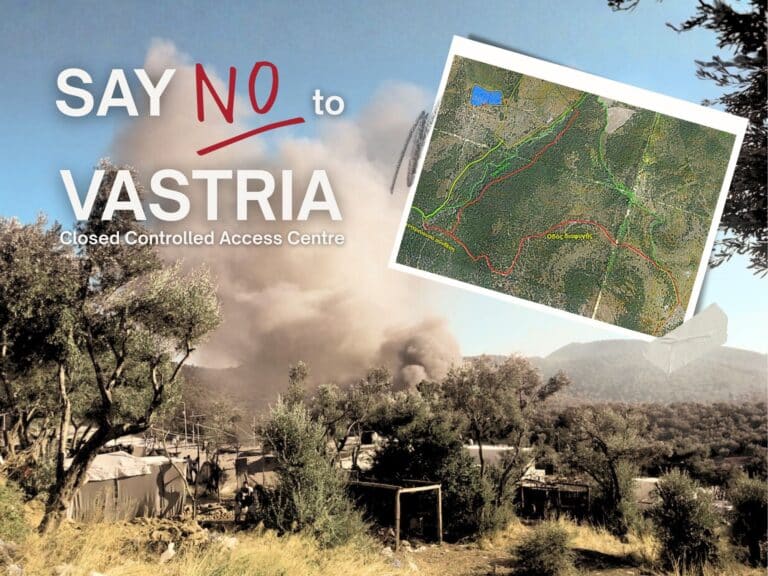CPTnet
6 September 2013
JERUSALEM: Israeli High Court postpones ruling on al-Rajabi Building, sends
Firing Zone 918 for mediation
[Note: According to the Fourth Geneva Convention, the Hague
Regulations, the International Court of Justice, and several United Nations
resolutions, all Israeli settlements and outposts in the Occupied Palestinian
Territories are illegal.]
On 2 September 2013, Israel’s High Court of Justice heard
arguments on two cases that could significantly change the character of the
West Bank , in particular the Old City of Hebron and the South Hebron Hills
villages of Majaez, Taban, Isfay,
Fakhit, Hallawa, Al Mirkaz, Jinba and Kharuba. In the case of the al-Rajabi Building in Hebron, it
postponed its ruling, and it submitted the case of the villages in the area
that the Israeli military has designated as Firing Zone 918 for mediation.
Although the two court cases are distinct, they both
represent all too common Israeli violations of international law that evict
Palestinians from their homes and carve out portions of the West Bank to make
room for the expansion of Israeli settlements onto Palestinian lands.
 |
|
| The Al-Rajabi building. | |
| Photo EAPPI/M. Prisco |
The first case centers on the al-Rajabi Building, a
Palestinian-owned apartment complex in the H-2 area of Hebron. The building is strategically located
between the Ibrahimi Mosque/Cave Machpelah and the Kiryat Arba settlement.
As far back as 19 March 2007, the Al Rajabi building came
under contention while settlers occupied it, after what proved to be a
questionable sale of the building. By 16 November 2008, the Israeli police crime lab discovered
that documents of ownership submitted by settlers were forged, resulting in the
eviction of settlers and the building being placed under control of Israeli
military until the District Court ruled on the ownership.
The Israeli army forcibly evicted the settlers after they
refused to leave voluntarily. OCHA,
the United Nations Office For The Coordination of Humanitarian Affairs,
reported that after the eviction, settlers set fire to Palestinian
homes,
farms, olive trees, and vehicles in the area. Six Palestinians were
injured, two with live ammunition. OCHA also noted that during that
time, settlers
in twelve other areas attacked Palestinians and their property in
reprisal for
the eviction, a practice known as “pricetagging.”
If the settler community takes the Al Rajabi building, it will
essentially sever the northern part of the Israeli-controlled H-2 area of
Hebron from the southern H-1 part of Hebron by a series of Israeli checkpoints
and by-pass roads, which will incorporate H-2 into the infrastructure of Kiryat
Arba settlement. The already
chronic human rights abuses by the military in Hebron will undoubtedly escalate
with the additional personnel necessary to secure the Jewish-only corridor in a
high traffic area
The decision also has heavy implications for the purchase of
land, since it would set a precedent
for obtaining lands with forged documents—which the court has acknowledged.
Menachem Blum, of Zahalka-Blum Law Offices, the firm representing
the Al Rajabi family, plans on appealing the verdict if the court rules in
favor of the settlers.
“We had a strong argument based on the fact that documents
were forged and that the buyers have only paid three-quarters of the sum of the
property,” said Blum.
What Israel has designated as the 918 Firing Zone in the
South Hebron Hills also represents a key piece to developing and sustaining
Palestinian sovereignty in the West Bank. Thousands Palestinians
in the eight villages spanning over 7,500 acres of land, will be
negatively affected.
 |
|
| Map of “Firing Zone 918,” courtesy of B’Tselem |
Since the declaration of a military firing zone in 1970, the
Palestinians living in those communities have suffered constant harassment and
violence from Israeli settlers and soldiers. This harassment has included impromptu road blocks of
impassable mounds of rubble, low flying helicopters creating dust clouds over
the shepherds while they are herding their sheep, destruction of their
homes—including caves that had been continuously inhabited for thousands of
years—crushing their livestock with bulldozers, as well as other obstacles that
have impeded the daily routine of the inhabitants of the land.
In 1999, the IDF issued evacuation orders for 700 of the
area’s residents and, in the middle of the night, loaded them onto trucks and
let them off at the outskirts of the nearby Palestinian city of Yatta. The
soldiers also destroyed buildings and wells used by Palestinians in the area.
Despite the case going into mediation, after the conclusion
of the hearing, the mood in the hallway outside of the courtroom was
optimistic.
Court documents laid out what lawyers argued is a weak legal
justification for Palestinian displacement. The Israeli army claimed that the
area is largely abandoned and that the Palestinians are nomads, not permanent
residents – but documents have demonstrated the livelihood and the centrality
to Palestinian life of the area of the firing zone. The Israeli army maintains the position that it needs the
firing zone to save time and money. The military argued to the court that the
distance to an alternative site will cost money and reduce army fitness,
although the military is asking for more dedicated firing zone area in the West
Bank than the total area of Area A–which under the Oslo Agreement is under full
Palestinian control. A U.N. map demonstrates the spuriousness of the military’s claims.
A Christian Peacemaker Team infographic
shows a strong correlation throughout the West Bank between the dozens of
outposts that Israeli settlers set up without permission from their own
government, and the location of firing zones throughout the occupied
territories. These firing zones, like the outposts, are thus an excuse to
establish “facts on the ground”and a tool to expropriate Palestinian land for
Israeli expansion
What the mediation holds is anybody’s guess, but the consequence for the Palestinian inhabitants is not.


